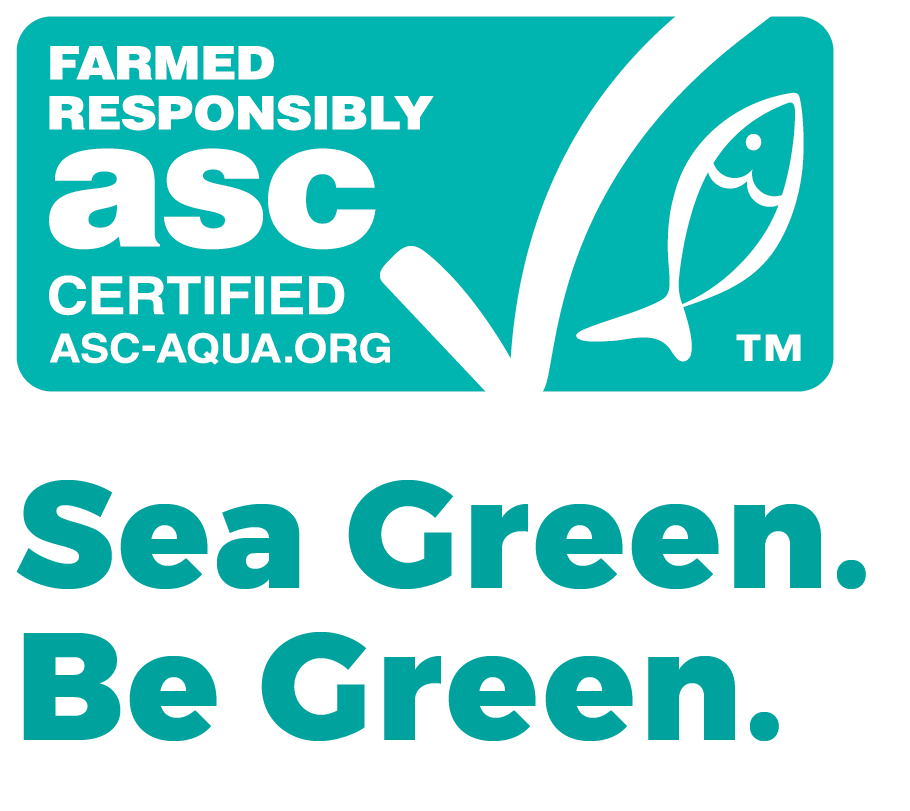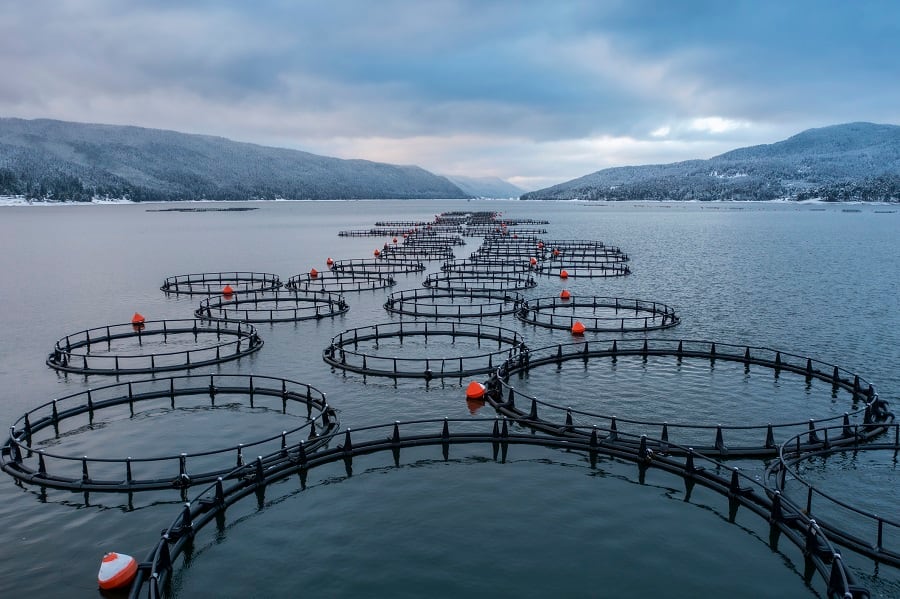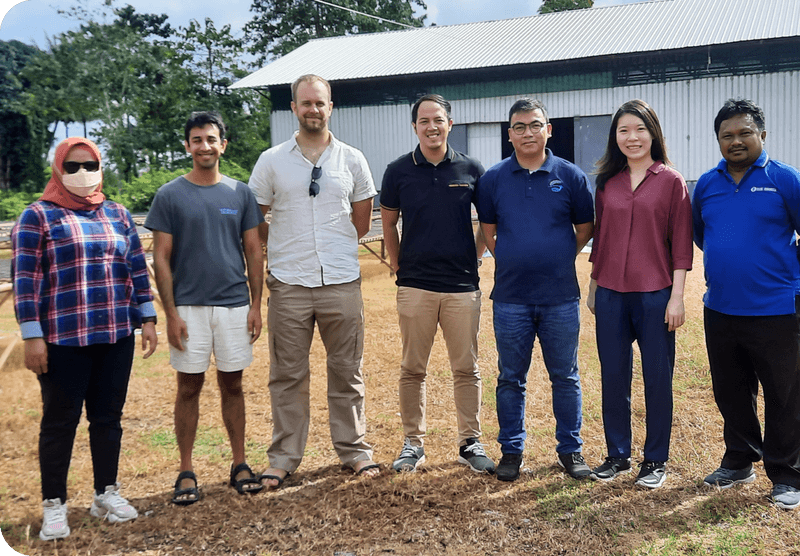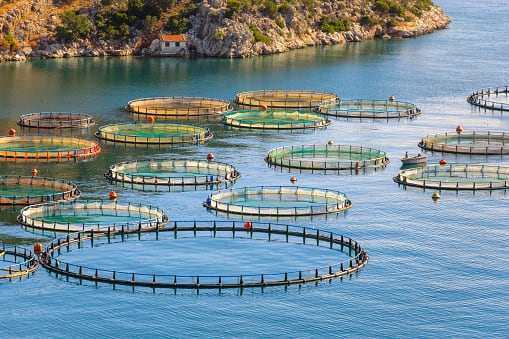Since its inception in 2010, ASC certified its first farm in 2012, Davis told AgTechNavigator. The global non-profit is headquartered in London and the Netherlands with a strong presence in Europe, and is currently focused on building awareness and familiarity in the US and later, Canada.
“We’ve done pretty reasonable recognition of our label [in the US] but it’s not anywhere close to where it might be in Europe where people are very familiar with ASC and ASC-certified seafood,” she said.
Through its rigorous certification programme, ASC sets environmental standards and social requirements that start at the farm and then work all the way through the supply chain “to ensure seafood is raised and handled with care.”
Certification begins at the farm through a third-party audit which considers multiple regulatory, ecological and social factors—“if the farm is not certified then you’re not going to have any ASC certified labelled products out there,” she said.
“The overall things we look for at the farm level is that they’re complying with national and local laws and regulations that they have conservation of natural habitats, biodiversity, wildlife, local ecosystems and also that they’re conserving water resources.”
Most farmed seafood and fish are raised in ponds, lakes, open ocean and land, “so conserving water resources and monitoring the water quality is huge.” Each species must also meet specific requirements set by ASC before completing the certification process.
Other considerations include feed and resources that ensure fish health including controlling, limiting or banning the use of antibiotics and chemicals, while also considering social compliances like fair and equitable labour.
Once a farm is certified, it is moved into a chain of custody (COC) run by the Marine Stewardship Council (MSC), a sister organisation to ASC, which certifies the sustainability of wild caught seafood—although ASC does not share the same certified partners throughout the COC.
“Once the seafood leaves an ASC-certified farm or in MSC’s case, once their seafood leaves the fishery, it goes through the COC process which allows seafood processors, suppliers, distributors, retailers and other supply chain entities to be audited. This makes sure that they’re keeping the ASC-certified seafood separated from non-certified seafood,” Davis explained.
Supply chain entities downstream of the farm must also obtain certifications to ensure transparency, avoid mislabeling or prevent seafood fraud.
“A farm or a supplier or whomever could be selling seafood to the next supply chain…and they may be giving them a different amount than what it was certified,” she clarified.

Through ASC’s stringent process, these errors can be identified and remedied to ensure that consumers are receiving seafood that was raised sustainably.
“It’s going to be different requirements for a seafood supplier than it’s going to be for a farm. It means the packaging is sealed, it means there is no mixing or confusion so that by the time it gets to the end consumer, it’s showing on the label and they can be certain that it came from an ASC-certified farm,” she said.
ASC-certified and labeled brands include ACME Smoked Fish, Mowi salmon, Riverence Provisions trout, Del Pacifico Seafoods shrimp, Blue Ocean Mariculture Hawaiian kanpachi, Freshe Meals tinned seafood, High Liner Sea Cuisine tilapia, Northern Chef shrimp and tilapia, North Coast Seafoods Naked Norwegian Salmon and The Better Fish barramundi, among others.
The organization is also focused on working directly with consumers to strengthen education on aquaculture standards, partnering with companies on sustainability commitments, as well as domestic agricultural policymakers like the Environmental Defense Fund.
Consumers seek provenance in their seafood but price still drives purchase decisions
Citing ASC’s consumer research survey, Davis highlights a general trend of consumers seeking provenance in their seafood, as well as sustainability. Based on the research, between 75-89% of consumers believe the seafood industry has the potential to be sustainable and responsible, with more than half of consumers currently perceiving seafood as unsustainably.
Despite 80% of consumers reporting health as the number one reason for buying seafood, price continues to drive their purchase decisions, which often impedes the decision to buy sustainable seafood more often, Davis noted.
Further, consumers are still gravitating towards wild caught, despite no nutritional differences between farmed and wild caught, highlighting the need to reframe aquaculture’s narrative as a source of quality seafood.
Although consumers lean towards wild caught, more than half of the global and national consumption of seafood is farmed seafood, which posits a strong sustainability angle.
“Responsibly farmed seafood can actually help to relieve pressures on wild fish populations so they can thrive,” she added.




